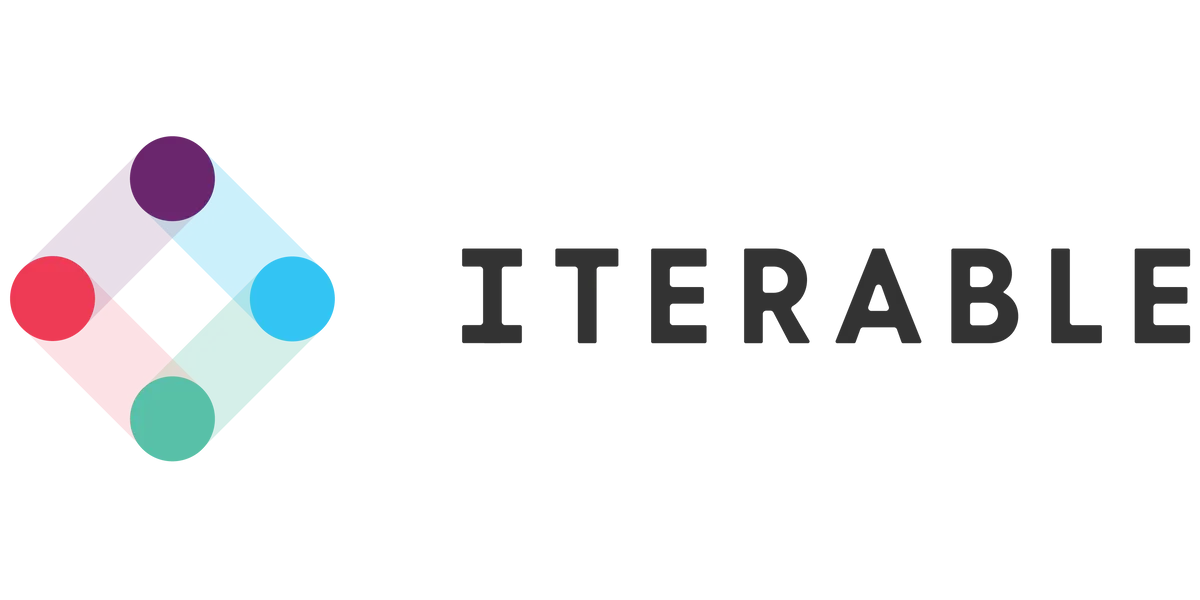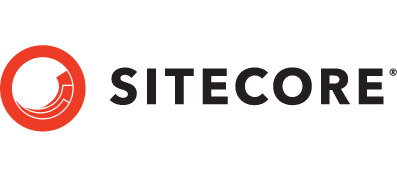No matter what sort of business you run these days, you’re going to have data of some kind – customer data; transactional data; website data; call centre data etc. And if you’re like many organisations, chances are all of this data sits in its own silos, even though most of it will relate to the same customers.
In fact, if AFFINITY had a dollar for every time a client has lamented the fact that they had too many databases that can’t talk to each other, we’d have quite a few dollars. And while this used to be incredibly difficult to resolve, the rise of the Customer Data Platform (or CDP for short), has changed all that. Because as valuable as your customer data is, the real gold lies in the insights that can be drawn when you bring multiple data sources together.
First, what is a CDP?
According to the CDP Institute, a Customer Data Platform is “packaged software that creates a persistent, unified customer database that is accessible to other systems.” Or in other words, it’s an off-the-shelf product that helps to centralise all of that siloed data into a location that can give you a single view. And then it can make that information accessible for other systems in your organisation to use – such as marketing campaigns, for your customer service team, and so on.
Ultimately, it helps you make the most of every drop of data you have, and every tool you use, to drive the optimal customer experience.
And what is it not?
Given the number of acronyms that exist in MarTech, it’s just as important to be clear on what a CDP is not. While there may be some overlapping functionality, a CDP is not:
- a CRM System – these mostly store customer relationship data and have limited integration with other systems
- a DMP – that’s a Data Management Platform; these are cookie-based, and tend to focus on 3rd party data
While they’re different tools with different capabilities, the three systems work well together. DMPs can drive in new prospects and leads; CRMs then manage the ongoing relationship between customers and brands; while CDPs help brands bring everything together.
Getting started
Before looking to implement a CDP in your organisation, it’s important that you’re clear on what your strategy is. At a macro level, as this HBR article explores, it can start with the notion of being “defensive” or “offensive” around your use of data.
Data defense is about minimising risk, so this involves a greater focus on issues like compliance with regulations (e.g. privacy), and using analytics to detect and limit fraud, for example. While an offensive strategy typically focuses on supporting business objectives such as increasing revenue or customer satisfaction. Every company needs both, but determining the right balance for your organisation will give you a strong foundation to build on.
Next think about what your business goals are and the type of customer experience you’d like to enable across all of your key channels – website, in-store, call centre etc. This will also start to form a picture for you of what your customer data landscape looks like – what sources of customer data do you have; and where are they located?
It’s also important to think about how you’ll handle identity resolution. What key information about your customers will you use to stitch them together? Depending on the number of devices and touchpoints a single profile can have, this can be quite complex: email addresses, physical addresses, mobile phone numbers, device IDs, account usernames, customer IDs, loyalty numbers and more.
Lastly, understanding how the success of CDP implementation will be measured in your organisation is critical. What should you benchmark now to illustrate improvements over time? Defining and getting buy-in up front on your success definition is key.
What’s upstream? And what’s downstream?
Think about your customer data as a series of tributaries all converging on a larger body, with a dam controlling where and when the “data” is released next. This gives you an approximate picture of how your existing data will operate once you implement a CDP. It’s also a useful way to get you thinking about your upstream systems – where your customer data will come from – and downstream outlets – where your customer data will ultimately be used.
Not surprisingly, it’s important to have a thorough understanding of both if you want to drive a successful CDP implementation. Many organisations often overlook their legacy databases and systems that aren’t already interconnected with the marketing group. As such, it’s worth engaging your IT stakeholders early.
Common examples of upstream data sources include:
- Website data
- Mobile apps
- Learning management systems
- Customer relationship management tools
- Order management systems
- Customer support systems
- Call Centre systems
- ERP systems
- Accounting and internal reporting systems
Some of these upstream data sources will also require downstream data access – CRM and customer support systems for example – but what other systems will the customer data be used in?
Define your data
Another important step in the foundation work for CDP implementation is defining your “data layer.” A data layer is a layer of your website which contains all of the data that gets generated by visitors engaging with your website. Not all websites have a data layer, but having one enables more reliable and flexible data collection. The consistency you get from implementing a data layer is invaluable as the data you collect in your data layer moves from one tool to another.
But data layers are complex, technical things that require quite a bit of work from multiple teams to get up and running. So defining the interactions and establishing consistent naming conventions up front is a must.
The secret sauce of successful implementation
While there are clearly many technical aspects to the successful implementation of a CDP, from AFFINITY’s experience the real secret to success lies on the human side of the fence. Defining all roles and responsibilities, maintaining clear and regular team communication – especially when agency partners are involved – but above all, remembering that no matter how well a system is implemented, it’s all for nought if a similar effort isn’t placed on training and upskilling your people to use it.
If we haven’t already made it clear, there’s a lot to consider when it comes to making the most of your data, and implementing a Customer Data Platform. AFFINITY is a Tealium Certified Agency Partner, and is working with a number of our clients in this area. We’d love the opportunity to speak with you about your needs, so feel free to reach out to luke@affinity.ad.


















